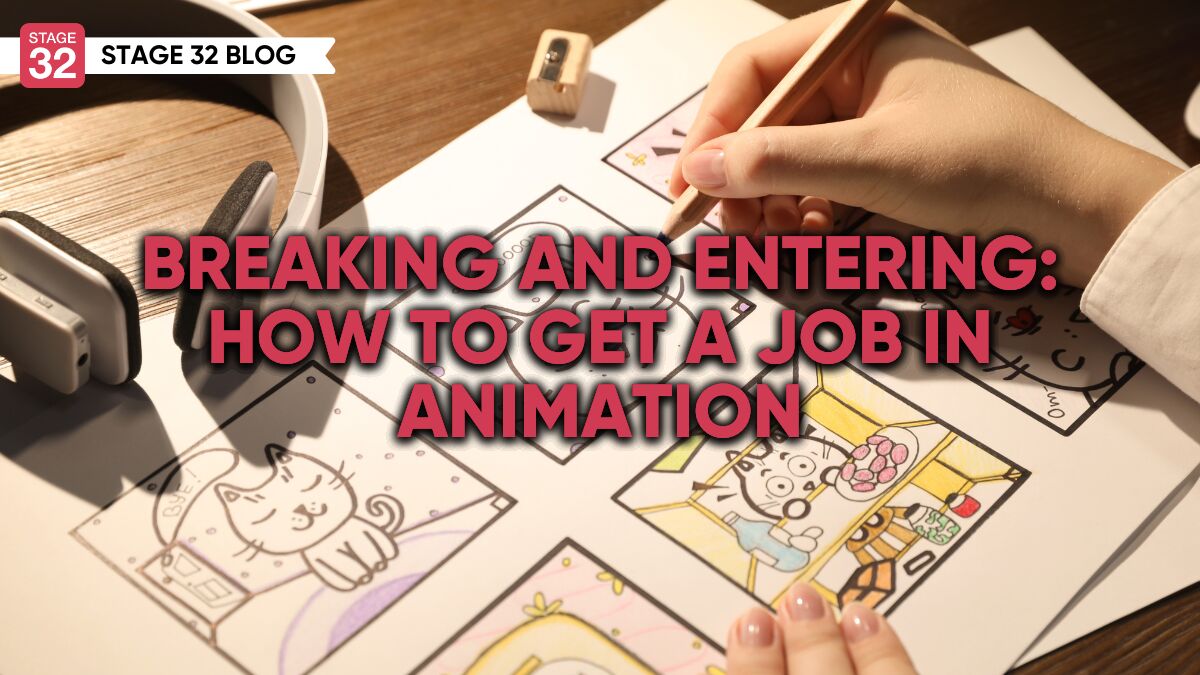The Importance of Secondary Characters
Many times, when writing a script or a novel, you might consider the task of creating strong secondary characters for granted. That is, you have created a unique and interesting Sci-Fi world or main character that drives the action in your novel or screenplay.
This drives the main character to overcome major obstacles and emotional challenges in order to achieve their goal by the end of the movie or novel. Their “Need” or “Desire” to achieve their goal is paramount to achieving a satisfactory conclusion of the story.
However interesting the main character might be, he or she is not friendless. They don’t exist in a vacuum; they need secondary or supporting characters to react to their problems and provide opposition or emotional support. Many times, the secondary characters will have issues or struggles of their own that will create subplots that will affect the main character.
The supporting character’s subplot is often crucial to the emotional struggle or development of your main character. They may sharpen the conflict and provide challenges for the main character on the way to the resolution of the story. It will provide numerous moments of internal reflection and an emotional pathway forward for your main character.

In the classic movie Officer and a Gentlemen, Zack earns the friendship of Sid, another trainee at the base. Sid’s struggle and eventual suicide at the end of the movie propels Zack to transform from being the selfish loner that he was at the beginning of the movie. He has learned the value of teamwork and learns that he needs other people’s friendship and love to survive.
Subplots are not the main plot of the movie or novel, but they add to your story. The main character needs allies or friends who support or conflict with the main character. They must have adversaries with their own issues to resolve or plot to thwart the goals of the main character. Their purpose is to interact in a way that creates challenges and pushes ahead to resolve the story.
In addition, secondary characters enrich the plot of your story. A well-developed supporting character will have their own fleshed-out story that intersects with the main character.

For example, in my novel Turbulence, my main character Danny Watkins is the student advisor in a dorm filled with college freshmen. One of the students is Barry Lipkin. He is ambitious and politically aware. He wants to be a leader in the protest movement and constantly barrages Danny with radical literature. His innocent invitation to a dinner party held by Bennett Andrews, leader of the student protest, leads to events that help Danny evolve and change his political views. Bennett Andrews developed from a one-dimensional speech maker at the student protest to a multi–level caring guy who befriends Danny. He befriends Danny at crucial moments in the story and helps Danny grow as a character.
Thus, secondary characters help the main character see multiple perspectives in the world. It helps them with their struggles and helps develop them as characters. They also provide multiple viewpoints to influence the main character and provide different paths for development within the main story.
Let's hear your thoughts in the comments below!
Got an idea for a post? Or have you collaborated with Stage 32 members to create a project? We'd love to hear about it. Email Emily at blog@stage32.com and let's get your post published!
Please help support your fellow Stage 32ers by sharing this on social. Check out the social media buttons at the top to share on Instagram @stage32 Twitter @stage32 Facebook @stage32 and LinkedIn @stage-32
| Coffee & Content: How Editing Turned A Conversation Into A Masterpiece |
| Breaking And Entering: How To Get A Job In Animation |
Search Stage 32 Blog
There are now 4033 blog posts for you to enjoy. Search them all by tags below.
Acting, Advice, Cinematography, Coffee & Content, Composing, Contests, Distribution, Featured, Filmmaking, Financing, Inspirational, Networking, Producing, Screenwriting, Success Stories, Tips, Trending,Relevant Tags
Recommended Articles

Green Lights and Grey Areas: Expanding Creative Collaboration in Publishing

A Practical Guide for Actors: Tips & Advice Every Performer Should Know

Stage 32 + Mark Creative Management Partner For Exclusive Opportunity for Writers to Land Representation!

Insider Intel: The Studio War & The Rise of Indies

November Write Club Week #3: How To Make A Strong First Impression When Meeting Execs, Producers, & Reps

What Stage 32's Community Is Really About (Beyond Scripts, Sets, and Showreels)

Making Our First No-Budget Feature: The Pure Vortex Production Chaos (Part 2)

Stage 32 Featured at the 43rd Torino Film Festival!

Stage 32 + DramaBox Join Forces to Launch World's First Vertical Drama Incubator






